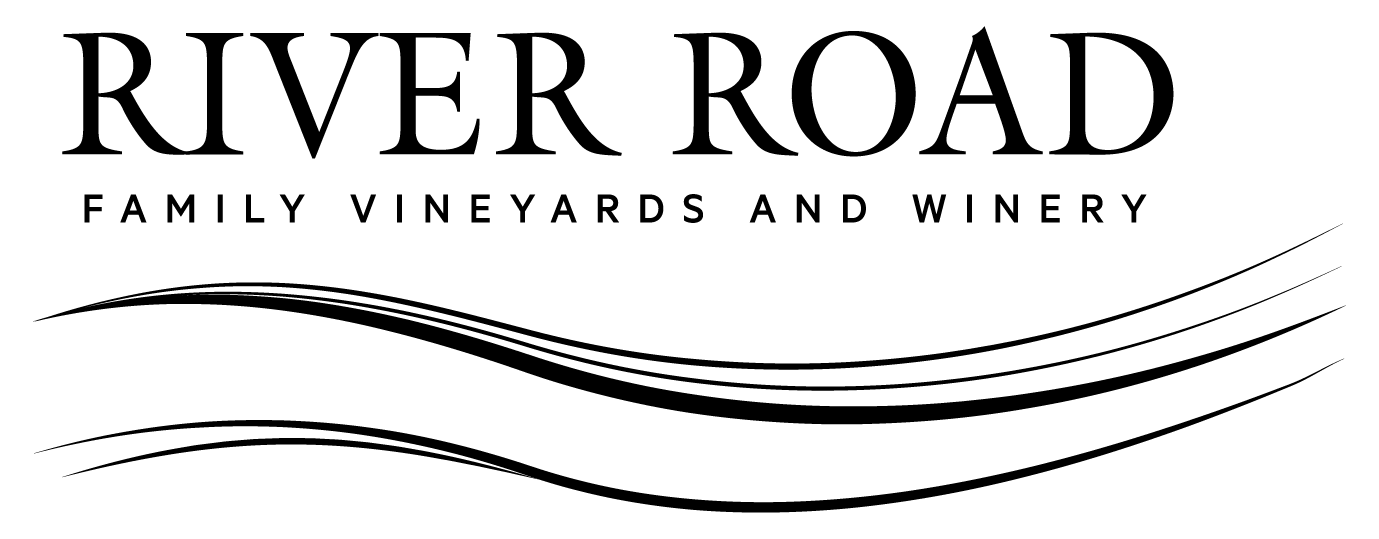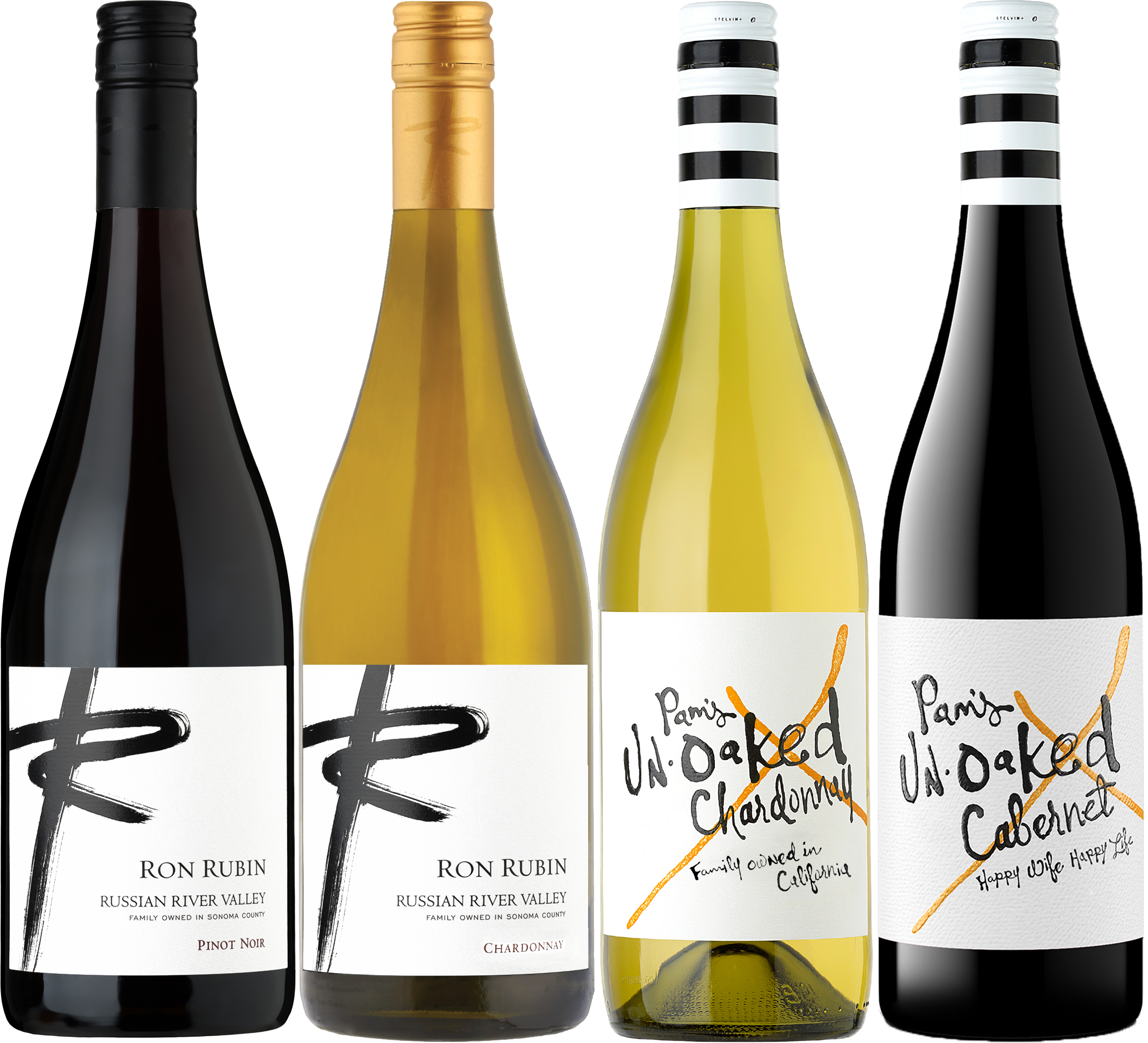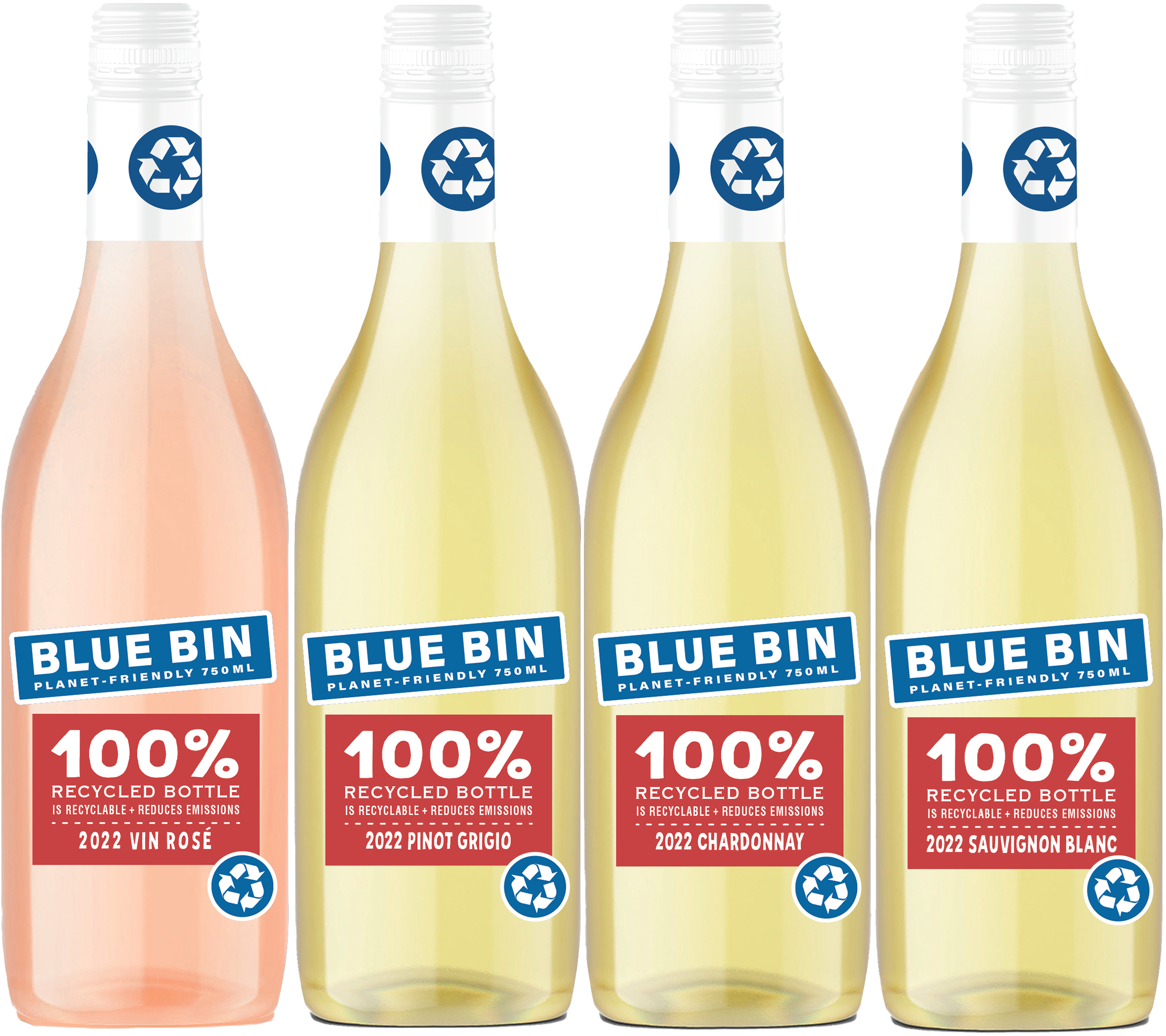Vineyard Update
The past couple of years, April has proven to be a challenging month for us here with either rain or freezing temperatures at night. I’m happy to report that we’ve seem to have broken the streak of unpredictable weather. This past April has been extremely mild and with relatively average temperatures and no extremes. April can be the most demanding month for grape growers regarding battling frost damage from freezing temperatures during the early morning hours. I’m relieved to report that we only had to run our frost protection system a total of four nights here at the vineyard. To put some perspective on that number, in 2022 we had to run the system a total of nineteen times and our last night was May 12th. In 2023 or last year, we ran the system a total of eleven times and the last day was April 20th. This year the last night was April 8th. It’s been an above average rainy season as well, so our soil has plenty of water to propel the vines into the growing season at a very fast pace!
 This is a picture of a young Pinot Noir vine on April 27th 2023. The shoot length is approximately four inches.
This is a picture of a young Pinot Noir vine on April 27th 2023. The shoot length is approximately four inches.
It’s amazing how different a year can be, at this time the vines are much further ahead of where they were last year!
 This is a picture of a young Pinot Noir vine on April 29th 2024. The shoot lengths are over a foot long!
This is a picture of a young Pinot Noir vine on April 29th 2024. The shoot lengths are over a foot long!
Ground Cover Management
Cover cropping in vineyards is a sustainable agricultural practice that plays a crucial role in maintaining soil health, enhancing biodiversity, and promoting long-term vineyard productivity. This practice involves planting specific crops between vine rows during the off-season or alongside active vines, rather than leaving the soil bare.
 Grasses and legumes growing in between vines rows
Grasses and legumes growing in between vines rows
One of the primary benefits of cover cropping is soil conservation. The cover crops act as a protective layer, reducing erosion caused by wind and water, and improving soil structure by preventing compaction. They also help in retaining moisture, which is essential for vine growth, especially during dry periods. Moreover, cover crops contribute to nutrient management by fixing nitrogen from the atmosphere and making it available to the soil and subsequent vine growth. This reduces the reliance on synthetic fertilizers, thereby promoting environmental sustainability!
 Vine row after the cover crop has been mulched, this helps prevent compaction and will add nutrients into the soil.
Vine row after the cover crop has been mulched, this helps prevent compaction and will add nutrients into the soil.
Additionally, cover crops attract beneficial insects and microorganisms, creating a balanced ecosystem within the vineyard. This natural pest management approach reduces the need for chemical interventions, fostering a healthier environment for both the vines and surrounding wildlife. In conclusion, cover cropping in our vineyard is not just a farming practice but a holistic approach towards sustainable viticulture, ensuring the preservation of soil fertility, biodiversity, and overall vineyard resilience in the face of any challenging climatic conditions.
On behalf of the entire team here at River Road Family Vineyards and Winery, we wish you all continued good health!




